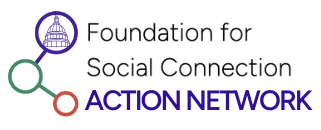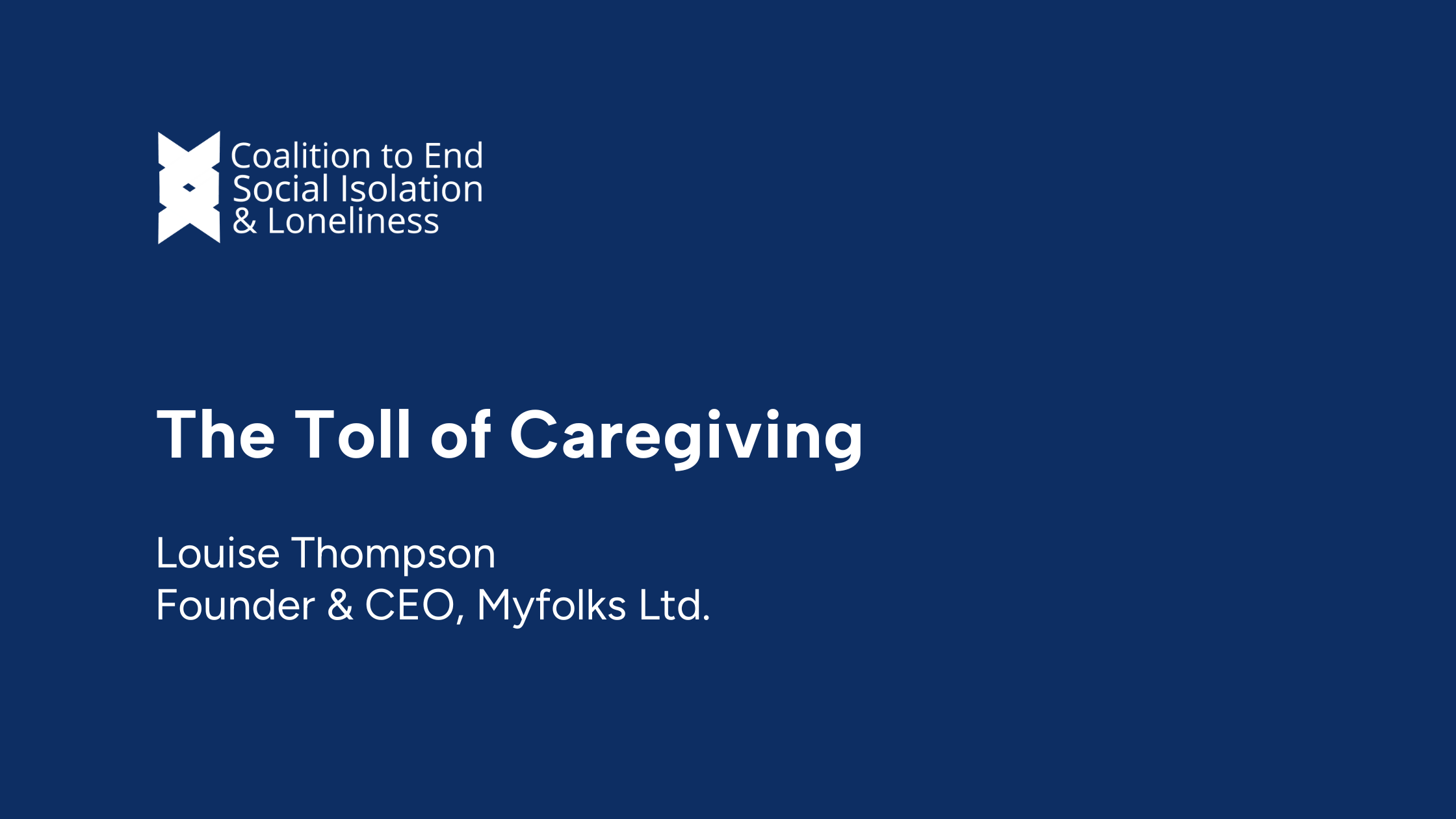By Myfolks Ltd. Founder & CEO, Louise Thompson
There’s nothing I wouldn’t do for family. A saying that most of us would agree with, and something we probably tell ourselves. Of course I would help a family member if they needed support – especially if they were sick. However, are we aware of what this pledge fully entails? The toll of giving this unlimited amount of support? I surely wasn’t.
When my parents became frail and began suffering from dementia, I committed to driving 325 miles back to my hometown to take care of them and support their needs. This was already on top of driving over 60 miles away for my job. I was fine with my work commute because I enjoyed my job, but the addition of driving to my parents eventually made it too much to handle. I found myself constantly on the move, traversing across three counties in England every week. Whichever county I was in, I felt I ought to be in two others. At times, I was behind the wheel absolutely exhausted, ashamedly prioritizing getting to where I was needed rather than pulling over and resting. I felt very uncomfortable about letting my employer know how much caring was distracting me from my work.
This commitment was compromising my health, job, and financial security – and the pressure of trying to take care of my elderly parents was immense. It was simple things they needed. The TV would “break,” when really they had lost the ability to manage the remote control. Or they received letters that they found concerning, but they were simply advertisements or flyers. Things that seemed like big emergencies to them were small, easy things for me to handle. Even though I knew this, with every call I received, I jumped back in the car again to be there as soon as I could.
Eventually, I realized isolation and loneliness were huge contributing factors to my parents’ condition. They didn’t really want me to fix the TV. They wanted me to come put the kettle on and chat. They wanted me to interpret what they were seeing on TV and reading, to be right there to calm and reassure them when something felt overwhelming.
Unfortunately, similar scenarios to mine are playing out across the world, especially as our aging population grows. According to the World Health Organization, the number of older adults aged 60+ will double and older adults aged 80+ will triple by 2050. As these individuals age, they’ll likely have to stop working, have family and friends pass away, develop health and mobility issues, and more – all putting them and their caregivers at risk for experiencing social isolation and loneliness. Therefore, we must take action to prevent isolation and loneliness, rather than to manage it once it arises.
Global Efforts
There have been global efforts from chief medical leaders to start addressing this growing issue of social isolation and loneliness. Here in England, Chief Medical Officer Sir Chris Whitty highlighted how it impacts older adults in his 2023 Annual Report. Additionally, the report shines a spotlight on current initiatives and policy recommendations to address social isolation and loneliness among this population. Specifically, it calls out improving the built environment as “key to enabling older people to participate in their communities, stay active, enjoy life and reduce the incidence of loneliness and social isolation.”
In the United States, Surgeon General Dr. Vivek Murthy declared loneliness to be an epidemic with the release of his advisory in May 2023. He has said, “Loneliness is like hunger, a signal we’re lacking something for survival.” He added, “Not only does it undermine physical and mental health, but, it underpins many of our more pernicious ills, including violence, addiction and extremism. The antidote is human connection.” As a result of this declaration, many policymakers have begun to put forth legislation to address the epidemic and support our aging population such as the National Strategy for Social Connection Act, the Improving Measurement for Loneliness and Isolation Act, the Addressing Social Isolation and Loneliness Among Older Adults (SILO) Act, and the Strategic Plan for Aging Act.
To learn about more countries’ efforts to address social isolation and loneliness, visit the Global Initiative on Loneliness and Connection. Additionally, more U.S. policy recommendations can be found here.
What can we do?
I’m proud to see momentum build behind these efforts; however, they will no doubt take some considerable time to enact and implement. So what can we do in the meantime to support an elderly person who may be isolated and lonely?
We can learn from successful programs created by organizations that have already begun addressing these issues and follow their example. In the UK, I was inspired by my personal experience to create Myfolks, a digitally enabled service that links older adults requiring assistance with reliable and trustworthy individuals at the point of need. Our Myfolksers are thoroughly vetted individuals who can offer immediate support when requested.
Some U.S. examples include Coalition members like Meals on Wheels America. They have utilized telephone reassurance services where volunteers make regular phone calls to isolated homebound adults as well as friendly visitors programs in which approximately 28,000 older adults benefited from companionship. They also offer pet assistance programs, as seniors with pets are less likely to exhibit depression, report feelings of loneliness, and experience illness. Similarly, DOROT has a program that connects volunteers over the phone to older adults, and often promotes intergenerational connections both in-person and remotely. Additionally, NeverTechLate has developed courses to help older adults better use and engage with the world on technology.
We invite you to not only explore these services, but also continue this conversation with the people in your life to raise awareness of the unique challenges older adults and caregivers face. Give your loved ones a call and let them know you are thinking of them. Encourage them to recognize and name their experiences and connect with existing resources. Together, we can help alleviate their social isolation and loneliness.

